Comentarios / Preguntas (33)
![]() Lonnie Braagaard escribió:
Lonnie Braagaard escribió:
Jeg forsøger at hækle huen, men kan ikke forstå starten af opskriften. 1. række er hæklet og jeg har 68 fastmasker. 2. række ? der hækles iefter diagram men hvad skal der hækles? *T*TT og så videre eller? Håber jeg kan få hjælp
27.10.2021 - 15:14DROPS Design respondió:
Hej Lonnie, nej, * = denne række skal ikke hækles, den er allerede hæklet og viser kun hvordan næste række skal hækles i maskerne - det vil sige at du hækler næste række :)
28.10.2021 - 14:07
![]() Olga escribió:
Olga escribió:
Hola, he comenzado a hacer el cuello. Si lo pongo en plano sobre la mesa me queda circular, no un rectángulo, como pensaba que tendría que quedar. Pienso que pasa esto porque en la primera vuelta dice que hay que saltarse una cadena. ¿Esto es correcto? O yo no lo he entendido bien? Gracias
19.05.2021 - 15:40DROPS Design respondió:
Hola Olga, la forma obtenida no es por la cadeneta saltada, sino que por la tensión del tejido. Efectivamente, se tiene que saltar una cadeneta; siempre se montan más cadenetas que las necesarias para evitar que la labor se tense.
30.05.2021 - 20:53
![]() Jean escribió:
Jean escribió:
Thanks. However the instructions for the box (□) say 'skip 1 puff-stitch + 1 chain stitch, work 1 treble crochet in the next treble crochet' - this uses 3 stitches. The instructions for the cross (X) say 'skip 1 stitch, work 1 treble crochet in next stitch' - this uses 2 stitches. It worked in the second row of the pattern fine because the box (□)was used all the way along the row (not the cross X). Please could you get someone to explain this. Thanks.
14.04.2021 - 13:10
![]() Jean escribió:
Jean escribió:
The very top row of the pattern (before the last row of double crochet) doesn't seem to work for me. I am working it right to left, A1 over 1st stitch, A2 until the last 3 stitches, A3 over last 2 stitches and A1 over last stitch. Because A2 is a cross (X) and not a box (□) (like row No 2), there ends up being more puff stitches because the chain stitch isn't being missed (there is a puff stitch being made every 2 stitches instead of 3). Should this symbol not be a box to prevent this?
13.04.2021 - 21:08DROPS Design respondió:
Dear Jean, the X is worked over 2 stitches (1 treble in the 2. one, and one puff into the first one, cossing the tr), and the square is also wprked over two stitches (puff stitch into the 2. stotch, and treble into the first one) so you should not end up (both symbols have crossed stitches, only teh direction is different), so you should not end up with extra stitches. Happy Crafting!
13.04.2021 - 21:58
![]() Annette Fuglsang escribió:
Annette Fuglsang escribió:
Hej ! I flere af Drops opskrifter møder jeg 3 tal med bindestreg imellem f. eks. i Drops 204-16: "hækl 1 fastmaske i hver af de 0-2-1 næste luftmasker, . . . " Hvad betyder 0-2-1 næste luftmaske ? Eller i strikkeopskriften Drops Clementin Hat "Strik 0-1-0 maske ret, strik derefter . . ." Hvad betyder det ? Med venlig hilsen Annette
25.02.2021 - 06:50DROPS Design respondió:
Hej Annette, det er tallene i de 3 forskellige størrelser. Strikker du den mindste, følger du det første tal igennem hele opskriften osv. God fornøjelse!
25.02.2021 - 14:20
![]() Annica Lindgren escribió:
Annica Lindgren escribió:
Efter att ha virkat de två första varven (först fastmaskor... sedan första varvet på diagrammet) står: "Fortsätt mönstret fram och tillbaka så". Hur menas? Är det det nedersta varvet som ska upprepas till 20 cm och för att sedan gå uppåt i diagrammet? Eller ska jag följa hela diagrammet uppåt direkt? Med vänlig hälsning, Annica
31.01.2021 - 20:02DROPS Design respondió:
Hei Annica. Den nederst raden i diagrammet hekler du kun 1 gang, slik det står beskrevet i oppskriften. I diagramteksten med sort stjerne står det: denne raden skal ikke hekles, den er allerede heklet og viser kun hvordan neste rad skal hekles i maskene . Så du skal kun repetere de 6 radene i diagrammet (starter med 3 luftmasker) i høyden. God Fornøyelse!
08.02.2021 - 10:18
![]() Béatrice Lassalle escribió:
Béatrice Lassalle escribió:
Bonjour, Pour faire mon échantillon, vous dites : "13 double-brides/mailles serrées de large avec 1 fil de chaque qualité = 10 cm." Je ne comprends pas bien : je fais des double-brides ou des mailles serrées ? Et dans la hauteur, comment je peux voir ce qu'il y a dans 10 cm ? Merci de me répondre car je reste bloquée sur mon échantillon !
17.11.2020 - 11:14DROPS Design respondió:
Bonjour Mme Lasalle, vos mailles doivent être toutes de la même largeur, autrement dit 13 double-brides = 13 mailles serrées = 10 cm de large. La hauteur est indiquée pour A.2 = 3 rangs de A.2 = environ 3,25 cm. Bon crochet!
17.11.2020 - 13:56
![]() Roro escribió:
Roro escribió:
Thanks so much for your patience. That explains well how the row of 78 dbl crochet stitches are worked into. However, after you have done the first row of puff stitches, and then count the stitches, there are 116 stitches. This is because each X box contains 3 stitches (a treble, a chain and a puff) and this is being worked into 2 dc stitches. So at the end of the row you have 38 extra stitches (because there are 38 puff stitches). Can you possibly work out why I am going wrong here. Thanks
30.07.2020 - 09:40DROPS Design respondió:
Dear Roro, work simply following the diagram and video previously linked, making sure you have 38 puff stitches on every row - if your tension is right, you should have then the right measurements. Happy crocheting!
30.07.2020 - 12:34
![]() Roro escribió:
Roro escribió:
Thanks for your response. However, there is an increase from the row of double crochets to the 1st row of puff stitches if you follow the pattern (see question below). In the pattern it looks like each 3rd double crochet is possibly missed, which would actually even out the number of stitches if that was the case - is this where I'm possibly going wrong? Thanks for your patience.
29.07.2020 - 18:01DROPS Design respondió:
Dear Roro, on neck warmer you cast on 94-101-108 sts and work first row skipping chains evenly so that there are 78-84-90 sts at the end of this first row. Then work: A.1 over 1st st, repeat A.2 until 3 sts remain = repeat A.2 a total of 37-40-43 times in width (= over the next 74-80-86 sts), and finish with A.3 (= 2 sts) and A.4 over the last stitch = 1+74-80-86+2+1=78-84-90 sts and 38-41-44 puff stitches. Hope this help. Happy crocheting!
30.07.2020 - 08:54
![]() Roro escribió:
Roro escribió:
Thanks for all your help. The fundamental reason I don't understand this pattern is this: On the 1st row (after dbl crochet row ) the puff stitches which produce 3 stitches (1 treble + 1 chain + 1 puff) are worked into 2 dbl crochet stitches (1 missed - into which a puff stitch goes after the treble + 1 for the treble). This results in an increase of stitches. That would maybe make sense in the 1st row of the item, but not further up. Should the 'X' box say 'miss 2 stitches' instead? Thanks
29.07.2020 - 16:02DROPS Design respondió:
Dear Roro, there shouldn't be any increase, you should work "straight", each treble will be worked in the treble from the previous row so that the number of sts will remain constant. This video shows how to crochet these 2 rows with same symbols. Happy crocheting!
29.07.2020 - 17:11
Fields of Blue#fieldsofblueset |
|||||||||||||||||||||||||
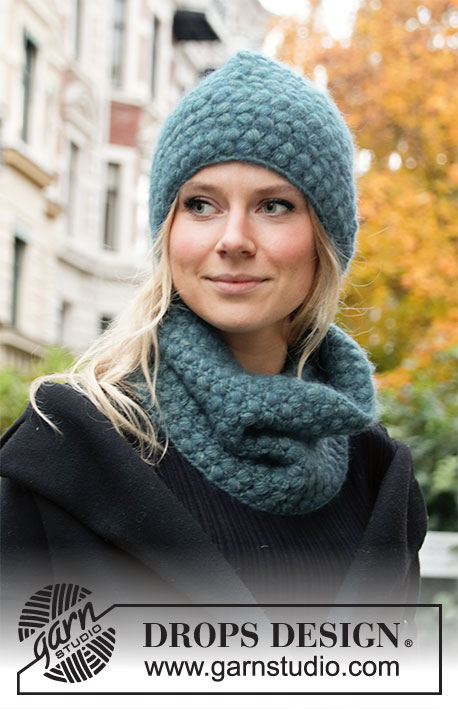 |
 |
||||||||||||||||||||||||
Gorro y cuello a ganchillo con punto puff. El set completo está realizado con DROPS Sky y DROPS Kid-Silk.
DROPS 204-16 |
|||||||||||||||||||||||||
|
EXPLICACIONES PARA EL PATRÓN: ------------------------------------------------------- PATRÓN (para el gorro y el cuello): Ver los diagramas A.1 - A.4. PUNTO DE CADENETA: Si se trabaja en la punta del ganchillo, el punto de cadeneta a menudo quedará muy tenso; 1 punto de cadeneta debería ser tan largo como la anchura de 1 punto bajo/ 1 punto alto. INFORMACIÓN PARA TRABAJAR A GANCHILLO: Cada fila se trabaja de ida y vuelta y comienza y finaliza como sigue (en los diagramas A.1 y A.4): Comenzar cada fila de puntos bajos con 1 punto de cadeneta (este punto de cadeneta equivale a 1 punto bajo) y finalizar con 1 punto enano en el primer punto de cadeneta del inicio de la fila anterior si esa fila es una fila de puntos bajos o en el 3er punto de cadeneta del inicio de la fila anterior si es una fila de punto puff, girar la labor. Comenzar cada fila de punto puff con 3 puntos de cadeneta (equivalen a 1 punto alto) y finalizar con 1 punto enano en el 3er punto de cadeneta del inicio de la fila anterior si es la fila de punto puff o en el primer punto de cadeneta del inicio de la fila anterior si es una fila de puntos bajos, girar la labor. 1 PUNTO PUFF: Trabajar como sigue en el mismo punto (es importante trabajar en el punto, no alrededor del punto): * Coger 1 hebra, insertar el ganchillo en el punto, coger 1 hebra y pasarla por el punto; hacer ambas hebras largas (para evitar que el punto puff quede pequeño y compacto es importante hacer las hebras de aprox. 2 cm de largo)*, trabajar de * a * un total de 5 veces, coger 1 hebra y pasar el hilo por todos los bucles en el ganchillo. TIP PARA LAS DISMINUCIONES (repartidas): Para calcular cómo disminuir puntos repartidos, contar el número total de puntos en la aguja (p.e 63 puntos) y dividirlos entre el número de disminuciones a trabajar (p.e 28) = 2,3. En este ejemplo, disminuir trabajando aprox. cada primer y segundo puntos juntos como sigue: Insertar el ganchillo en el siguiente punto, hacer 1 hebra y pasarla por el punto, insertar el ganchillo en el siguiente punto, coger 1 hebra y pasarla por el punto, coger 1 hebra más y pasarla por los 3 bucles en el ganchillo (= 1 punto disminuido). ------------------------------------------------------- COMENZAR LA LABOR AQUÍ: ------------------------------------------------------- GORRO - RESUMEN DE LA LABOR: El gorro se trabaja de ida y vuelta desde el centro de la espalda, de abajo arriba y se cose en el centro de la parte posterior para finalizar. GORRO: Trabajar 75-77-82 puntos de cadeneta con una aguja de ganchillo de 5,5 mm, con 1 hilo de Sky + 1 hilo de Kid-Silk (= 2 hilos). La primera fila se trabaja como sigue: Trabajar 1 punto bajo en el 3er punto de cadeneta desde el ganchillo, 1 punto bajo en cada uno de los siguientes 0-2-1 puntos de cadeneta, *saltar 1 punto de cadeneta, trabajar 1 punto bajo en cada uno de los siguientes 5 puntos de cadeneta*, trabajar de * a * hasta el final de la fila = 62-64-68 puntos bajos en la fila. La siguiente fila se trabaja como sigue: Trabajar A.1 sobre el primer punto, A.2 hasta que queden 3 puntos en la fila, A.3 sobre 2 puntos y finalizar con A.4 sobre el último punto. Continuar con este patrón de ida y vuelta. RECORDAR MANTENER LA TENSIÓN DEL TEJIDO! Cuando la labor mida aprox.20-21-22 cm, disminuir 28-30-30 puntos repartidos, en la fila 3 o en la fila 6 del diagrama (marcada con una flecha en el diagrama) - leer TIP PARA LAS DISMINUCIONES = 34-34-38 puntos. Trabajar 2 filas más con punto puff. En la siguiente fila (una fila con puntos bajos), disminuir trabajando todos los puntos bajos juntos de 2 en 2 = quedan 17-17-19 puntos bajos. Ahora trabajar 2 filas con puntos bajos y al mismo tiempo trabajar todos los puntos bajos juntos de 2 en 2 = quedan 5 puntos bajos para todas las tallas. Cortar los hilos pero dejar un extremo largo para coser. Pasar el hilo por los 5 puntos en la parte superior del gorro y asegurar. El gorro mide aprox. 26-27-28 cm de arriba abajo. TERMINACIÓN: Coser el gorro en el centro de la espalda - coser el borde con el borde dentro del bucle más externo para que la costura quede plana. ------------------------------------------------------- CUELLO - RESUMEN DE LA LABOR: La labor se trabaja de ida y vuelta desde el centro de la parte posterior, de abajo arriba y se cose en el centro de la parte posterior al finalizar. CUELLO: Trabajar 94-101-108 puntos de cadeneta con una aguja de ganchillo de 5,5 mm con 1 hilo de Sky + 1 hilo de Kid-Silk (= 2 hilos). La primera fila se trabaja como sigue: Trabajar 1 punto bajo en el 3er punto de cadeneta desde el ganchillo, 1 punto bajo en cada uno de los siguientes 1-2-3 puntos de cadeneta, * saltar 1 punto de cadeneta, trabajar 1 punto bajo en cada uno de los siguientes 5 puntos de cadeneta*, trabajar de * a * hasta el final de la fila = 78-84-90 puntos bajos en la fila. La siguiente fila se trabaja como sigue: Trabajar A.1A sobre el primer punto, A.2 hasta que queden 3 puntos en la fila, A.3 sobre 2 puntos y finalizar con A.4 sobre el último punto. RECORDAR MANTENER LA TENSIÓN DEL TEJIDO! Continuar con este patrón de ida y vuelta hasta que la labor mida aprox. 24-27-30 cm (o el largo deseado) pero finalizar después de la fila 3 o la fila 6 de los diagramas. Cortar el hilo pero dejar un extremo largo para coser después. TERMINACIÓN: Coser el cuello en el centro de la parte posterior - coser borde con borde dentro del bucle más externo para que la costura queda plana. |
|||||||||||||||||||||||||
Explicaciones del diagrama |
|||||||||||||||||||||||||
|
|||||||||||||||||||||||||
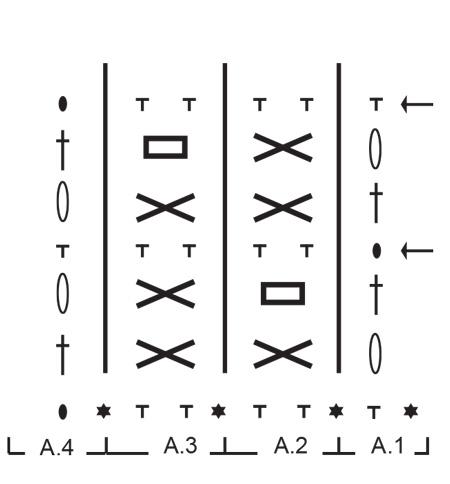 |
|||||||||||||||||||||||||
¿Terminaste este patrón?Entonces, etiqueta tus fotos con #dropspattern #fieldsofblueset o envíalas a la galería #dropsfan. ¿Necesitas ayuda con este patrón?Encontrarás 8 videos tutoriales, un espacio para comentarios/preguntas y más visitando la página del patrón en garnstudio.com © 1982-2025 DROPS Design A/S. Todos los derechos reservados. Este documento, incluyendo todas sus sub-secciones, está protegido por los derechos de autor (copyright). Lee más acerca de lo que puedes hacer con nuestros patrones en la parte de abajo de cada patrón de nuestro sitio. |
|||||||||||||||||||||||||







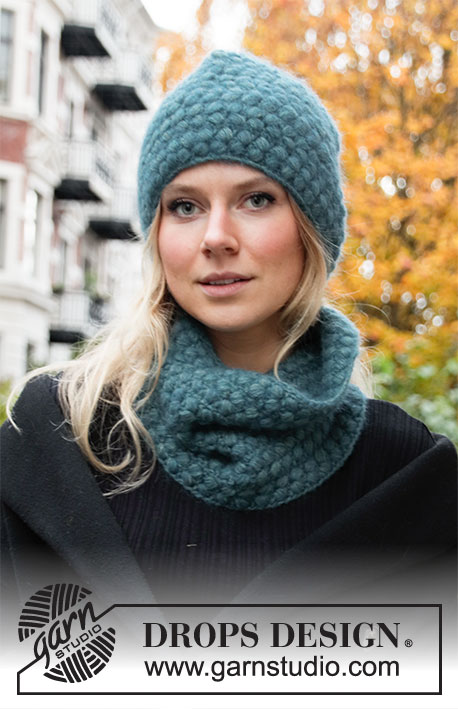


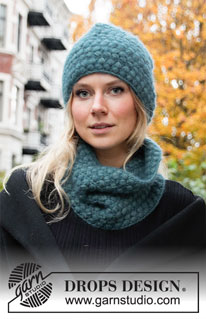





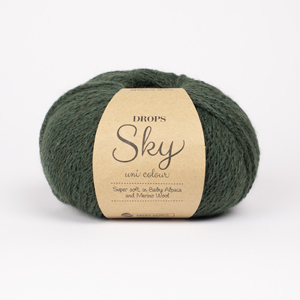
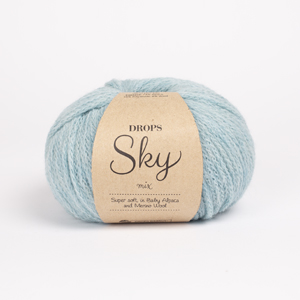
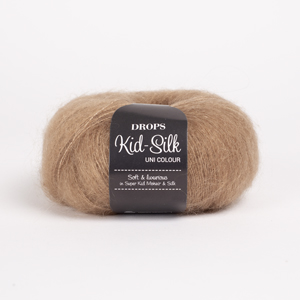
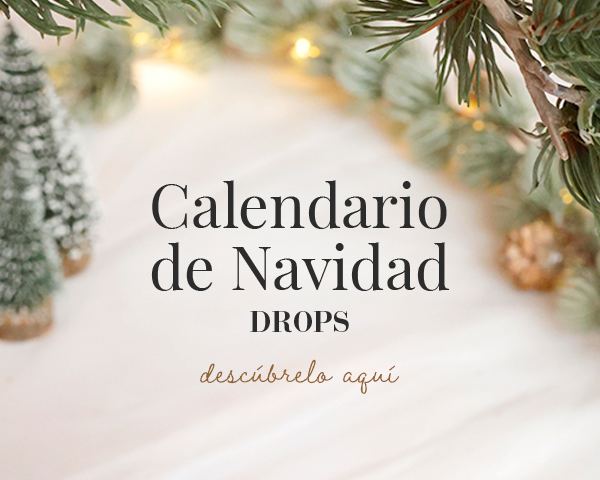
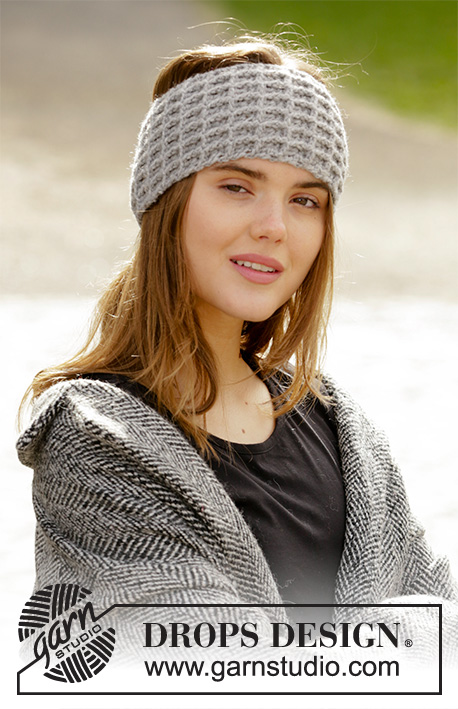
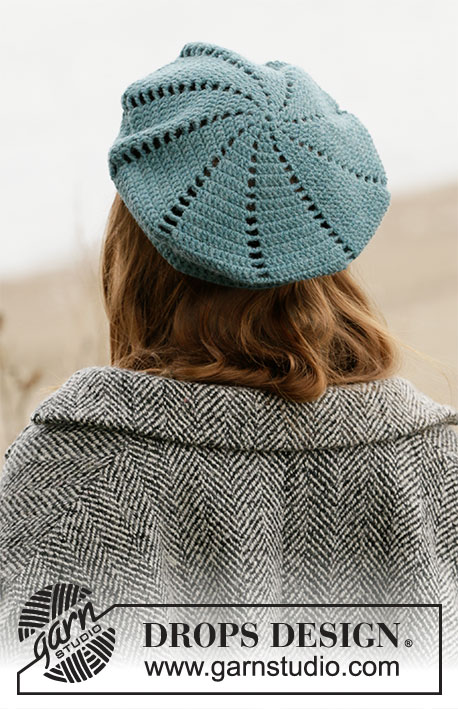
















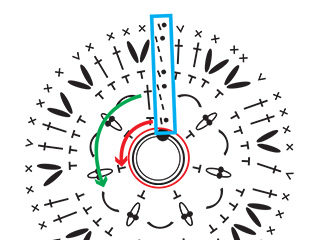



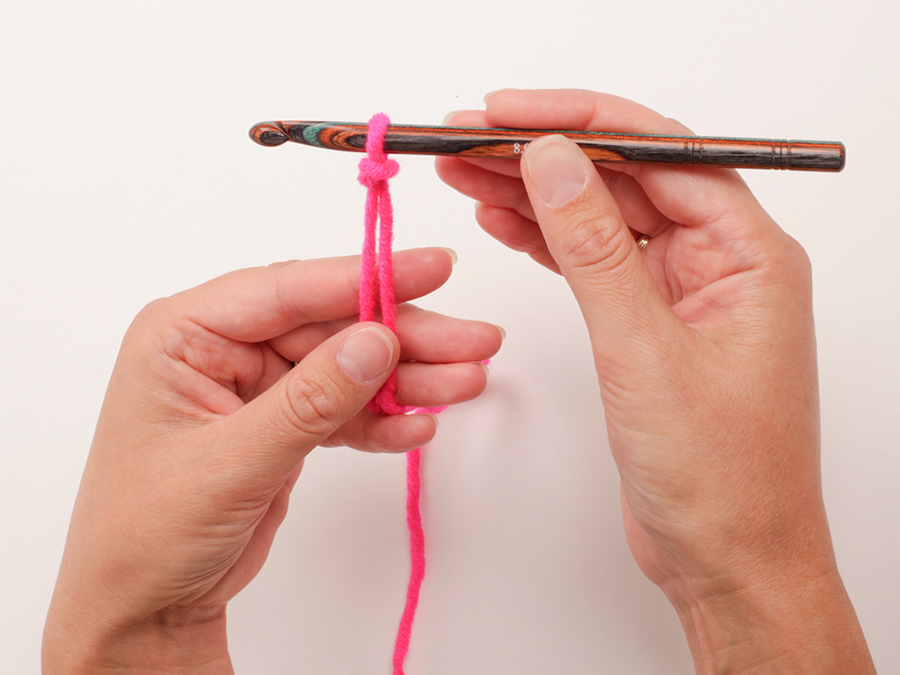

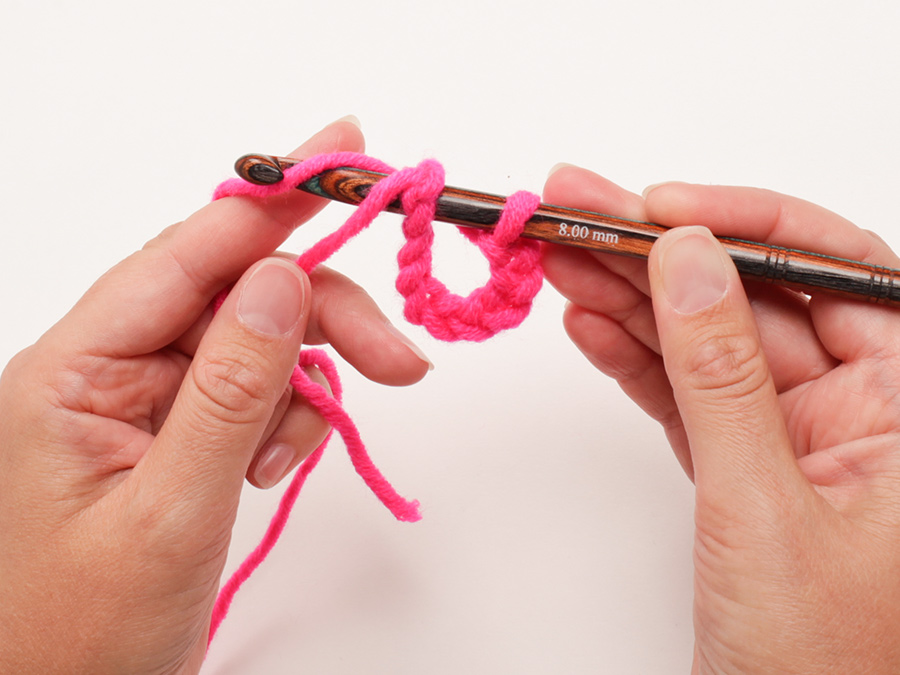
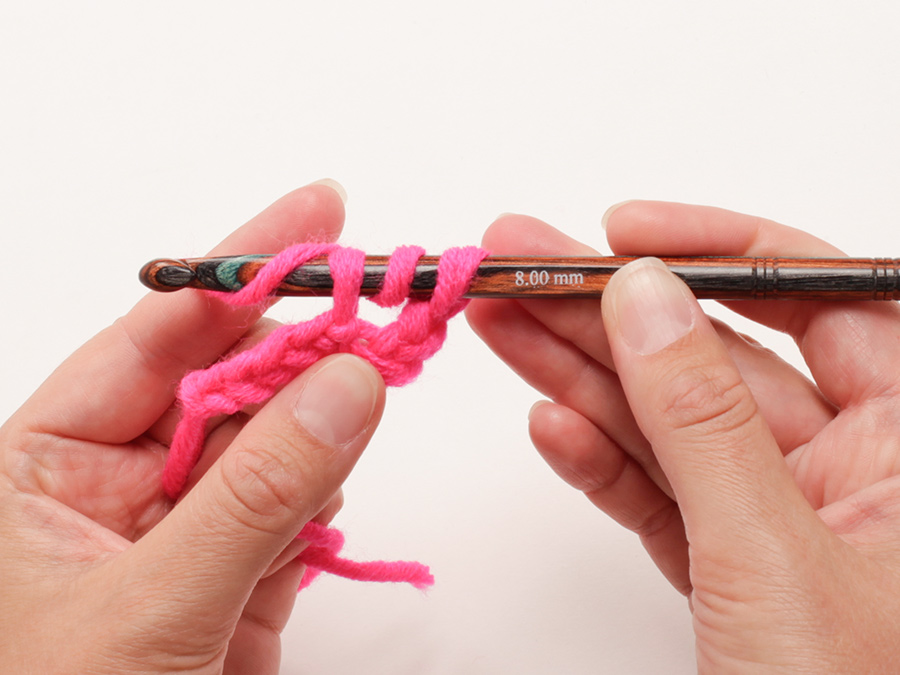
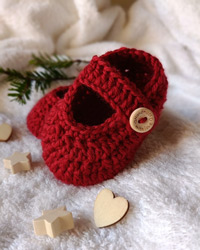
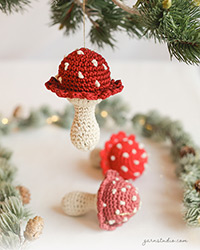
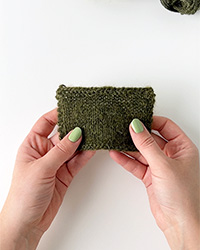
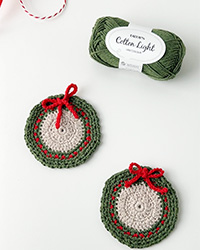
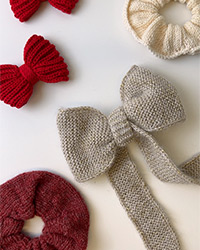
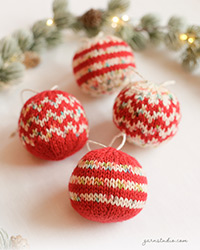
Escribe un comentario sobre DROPS 204-16
¡Nos encantaría saber qué piensas acerca de este patrón!
Si quieres escribir una pregunta referente al patrón, por favor asegúrate de elegir la categoría correcta en el formulario debajo, para acelerar el proceso de respuesta. Los campos obligatorios están marcados con un *.